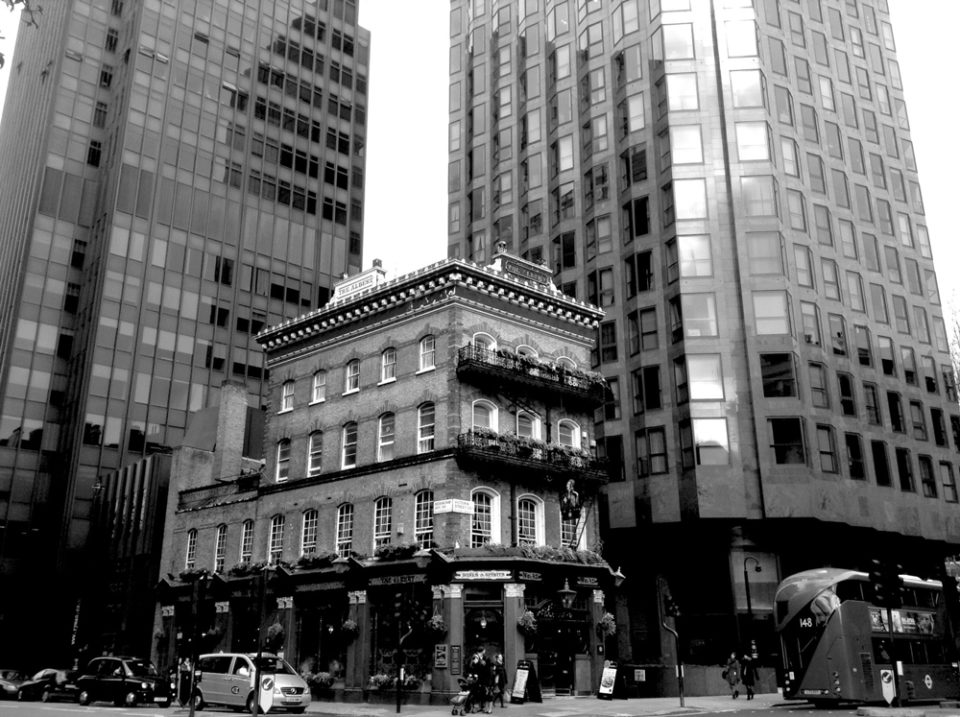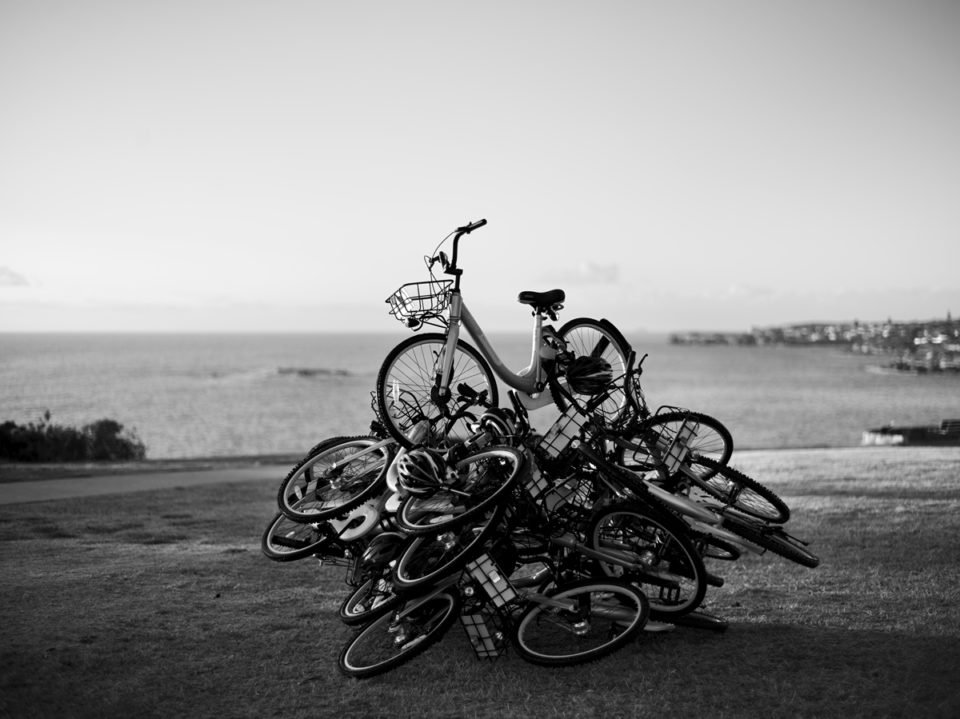In the small remnant bush reserve just behind Tamarama Beach, a stand of coral trees that are over ten metres high are dying. Their leaves are browning, in stark contrast to the green, healthy vegetation surrounding them. Soon they will be dead, their skeletons chopped down and mulched.
These trees were alive and well a few months ago and it is unlikely their sudden deterioration is the result of natural causes. Going by the injuries on their trunks, it’s probable they are the victims of tree vandalism, a crime as common as it is cowardly.
According to Gregory Moore, Doctor of Botany at the University of Melbourne, local councils containing 50-100,000 trees have somewhere between five and ten large trees killed each year. The preferred weapon of tree vandals isn’t an axe or chainsaw – it’s poison.
Poison allows them to commit their crime – often in the dead of night – quickly and quietly. Usually, the poison is administered via holes drilled into the trunk. Afterwards, it looks as if the tree has been shot. Vandals also target saplings; on average, around 10 percent that are planted are either ripped up or have their trunks shattered.
When NEIGHBOURHOOD spoke to Wayne Plumb from Plumb Trees he was on his way to Croydon Park to look into a suspected vandalism, and the day before he had been to Strathfield where a Sydney blue gum and a large Hills Fig were killed. Neighbours having a dispute, he reckoned.
North Sydney Council meanwhile estimates that every case of tree vandalism costs the community more than $8,000. This is inclusive of investigation, signage, replacement and remediation. But the true cost of the crime isn’t just economic. Trees provide shade and natural beauty for the community; absorb carbon dioxide and improve air quality; prevent soil erosion; capture rainwater, cooling an area and thus reducing household energy costs; increase biodiversity by providing food and habitat for birds, insects, lizards and hundreds of micro-organisms; and – as a growing body of evidence demonstrates – enhance our mental health and wellbeing. For Aboriginal Australians, trees can have added significance; they are considered ‘cultural libraries’.
Every case of tree vandalism reduces these benefits. So why does it happen? What motivates a person to kill such a valuable, beautiful – and defenceless – community asset? There is no single answer. The spokesperson from Inner West Council says “living in close proximity to trees can come with some nuisances” – including falling branches, leaves, and fruit, as well as droppings from wildlife. Another common reason is improving views – either of the water, landmarks, or the CBD. The belief is this will increase the value of a property.
But Jeff Angel, director of the Total Environment Centre, says vandalising trees actually does the opposite. “There is increasing evidence in the real estate market that mature trees provide a more pleasant and cooler environment, and that has significant financial value.” People just prefer living on streets where there are trees.
Tree vandalism carries a maximum penalty of $1.1 million under the Environmental Planning and Assessment Act (1979) but prosecuting those responsible isn’t easy. It usually requires an eye witness to the act. As a result, Sydney councils are employing other measures. This includes placing signs or banners on vandalised and poisoned trees. Such measures, says the spokesperson from Inner West council, help to “make the act very obvious to the public and make the offending person aware that their actions have not gone unnoticed.”






